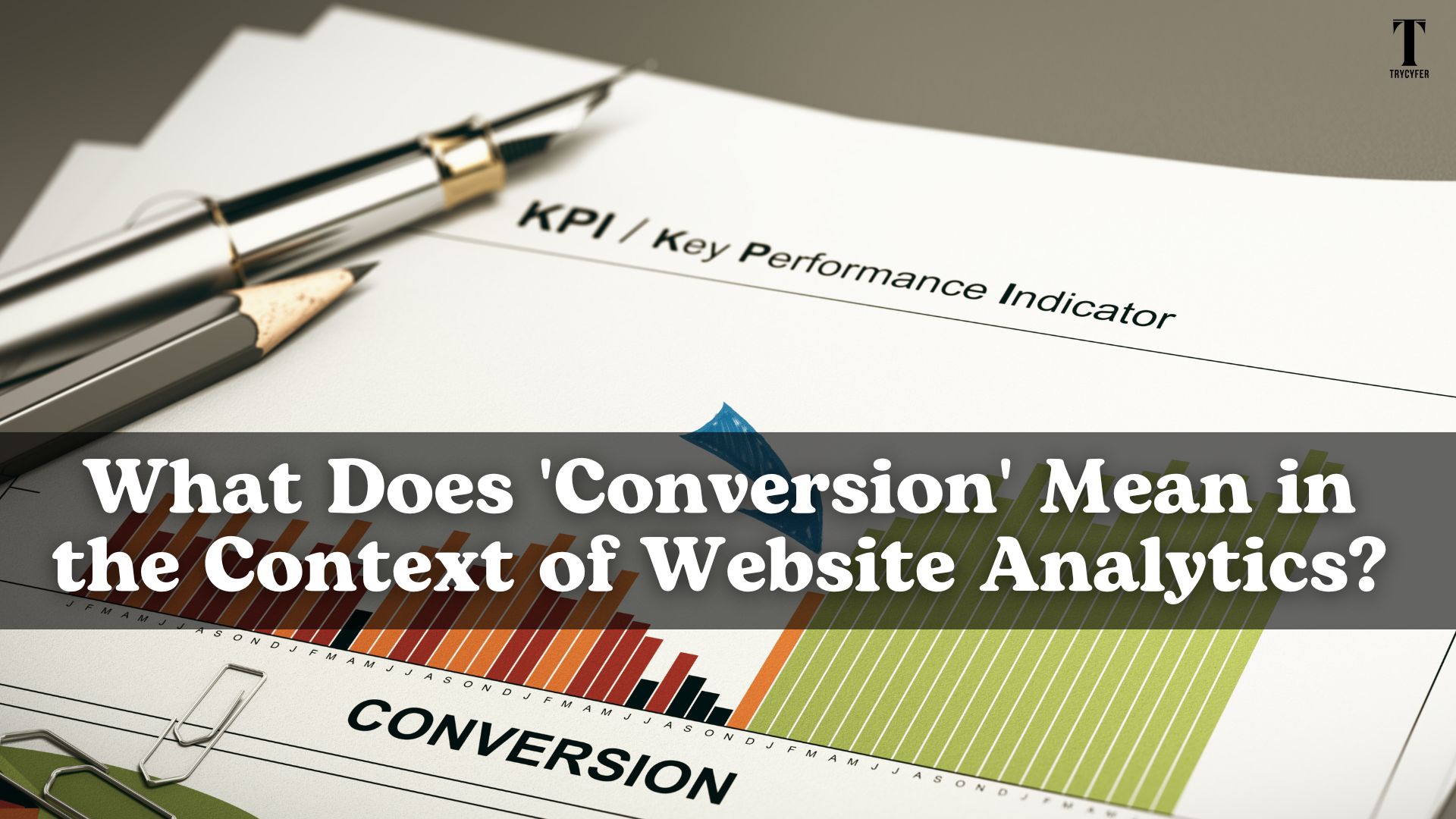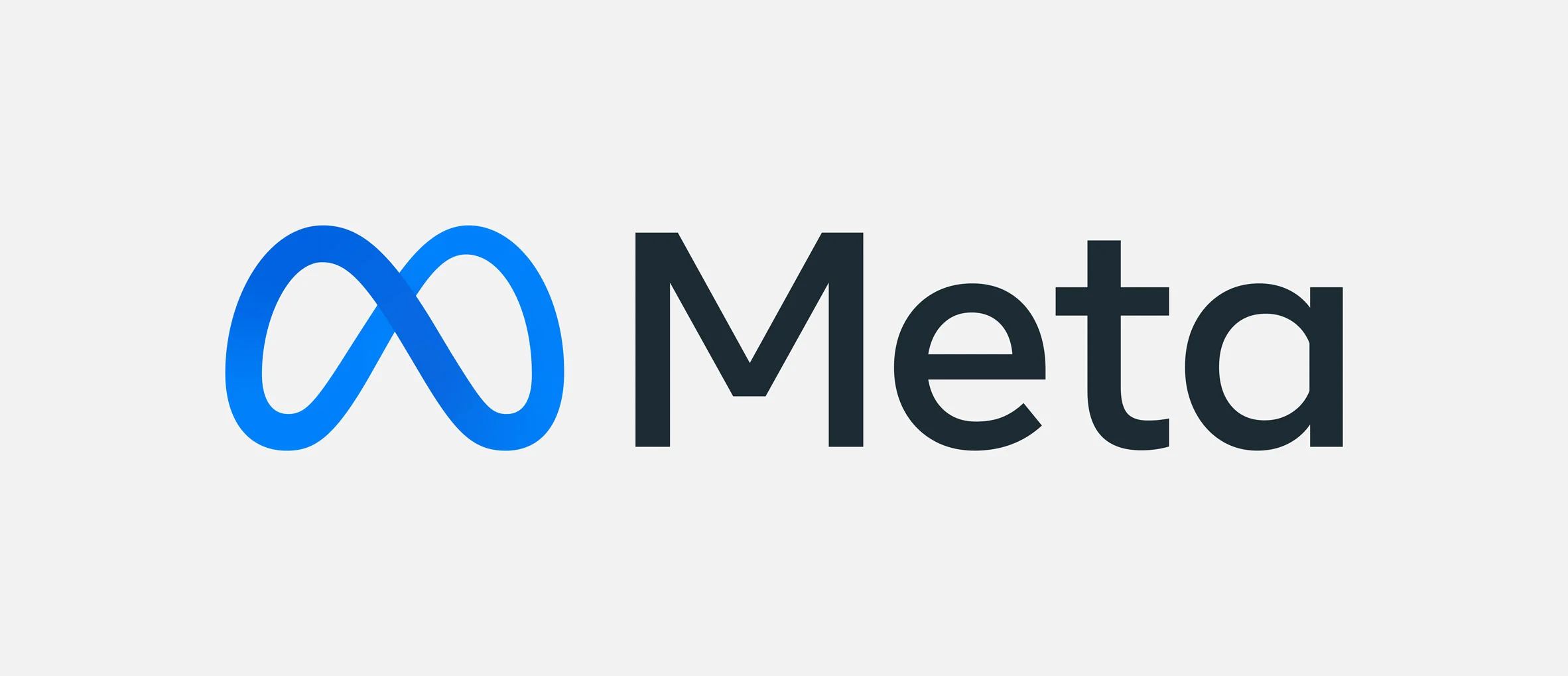What Does ‘Conversion’ Mean in the Context of Website Analytics?

The term ‘conversion’ holds significant importance in website analytics. Understanding conversions and how to measure them is critical for evaluating the success of your online efforts and improving your website for better performance. This blog will explore the meaning of ‘conversion,’ its various types, and how to track and improve your website’s conversion rates.
In This Blog, We Explore the Following Key Topics:
- What is a Conversion?
- Types of Conversions
- Why Conversions Matter
- Tracking Conversions
- Improving Conversion Rates
- E-commerce Transactions: When a visitor completes a purchase.
- Lead Form Submissions: When a visitor fills out a contact form to request more information or a quote.
- Subscription Sign-ups: When a visitor subscribes to a newsletter or service.
- Adding Items to Cart: For e-commerce sites, when products are added by a user to their shopping cart, it shows intent to purchase.
- Downloadable Content: When a user downloads resources like e-books, whitepapers, or case studies, indicating interest in your offerings.
- Newsletter Sign-ups: Subscribing to email newsletters suggests the user wants to stay informed about your products or services.
- Account Creations: Creating an account or registering on your website is often a step before purchasing or using a service.
- Measuring Success: Conversions offer a clear metric to evaluate the productiveness of your marketing campaigns and website design.
- ROI Calculation: Understanding conversions helps calculate your marketing efforts’ return on investment (ROI).
- User Behavior Insights: Analyzing conversions can provide insights into user behaviour, preferences, and pain points, helping optimize the user experience.
- Goal Achievement: Conversions align with your business objectives, whether increasing sales, generating leads, or building a subscriber base.
- Define Your Goals: Identify your website’s specific actions you want visitors to take. These could be purchases, form submissions, sign-ups, etc.
- Set Up Goals in Analytics: Use tools like Google Analytics to set and track these goals. You can create different goals, such as destination goals (when a user reaches a specific page) or event goals (when a user performs a particular action).
- Track Conversion Funnels: A conversion funnel is a series of user steps to complete a conversion. Analyzing the funnel lets you identify where users drop off and make necessary improvements.
- Use UTM Parameters: Take control of your marketing campaigns by using UTM parameters in your URLs. This informed approach helps in attributing conversions to specific sources, mediums, and campaigns, giving you a clear picture of your campaign’s effectiveness.
- Optimize Landing Pages: You need to make sure your landing pages are relevant to the user’s search query and provide clear, compelling calls to action (CTAs).
- A/B Testing: Conduct A/B tests to analyze different versions of a page or element to see which performs better regarding conversions.
- Enhance User Experience: Improve site navigation, reduce load times, and ensure your site is mobile-friendly to provide a seamless experience for users.
- Clear CTAs: Make sure your calls to action are prominent, clear, and compelling. Use action-oriented language and make it easy for users to complete the desired action.
- Build Trust: Use trust signals like customer testimonials, reviews, security badges, and transparent privacy policies to build trust with your visitors.
What is a Conversion?
A conversion occurs when a visitor to your website completes an action you’ve identified as beneficial for your company. The actions that are taken can differ according to the goals of your website and could include buying a product by complete the contact form, sign to receive a newsletter or downloading a resource or engaging with a specific piece of content. Conversions are a key indicator of whether your site can meet its objectives regardless of whether they relate to lead generation, sales or user interaction. Through tracking conversions, you’ll get valuable insight into user behaviour, gauge the effectiveness of your marketing campaigns and pinpoint areas for improvements to boost overall website performance and increase business growth.
Types of Conversions
Conversions can be categorized into two types: macro conversions and micro conversions.
1. Macro Conversions
Macro conversions are visitors’ primary and most significant actions on your website, directly contributing to your core business objectives. You want your visitors to achieve these end goals, reflecting significant milestones in the user journey. Examples include:
2. Micro Conversions
Micro conversions, these more minor, intermediate actions that users take on your website, are indicators of engagement and interest and crucial elements in the user journey. Understanding these steps is critical to improving overall conversion rates. Examples of micro conversions include:
Why Conversions Matter

Conversions are crucial because they directly impact the success of your business. They provide measurable outcomes that indicate how your website performs in attaining its goals. Key reasons why conversions matter include:
Tracking Conversions
Tracking conversions is a critical aspect of website analytics that permits you to measure the effectiveness of your digital marketing efforts and understand user behaviour. By tracking conversions, you can discover how well your website is achieving its goals and identify areas for improvement. Here’s how to do it:
Improving Conversion Rates
Improving your website’s conversion rates involves a multifaceted approach that focuses on enhancing the user experience, streamlining the conversion process, and effectively addressing user needs and concerns. Here are some strategies:
Conclusion
In website analytics, the term ‘conversion’ refers to any desired action taken by a visitor that contributes to your business goals. By understanding and tracking conversions, you can gain valuable insights into your website’s performance and make well informed decisions to optimize your site and marketing strategies. Focus on both macro and micro conversions, set clear goals, and continually work on improving your conversion rates to make sure the success of your online endeavours.











